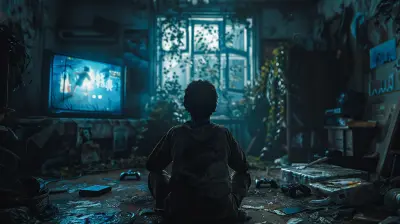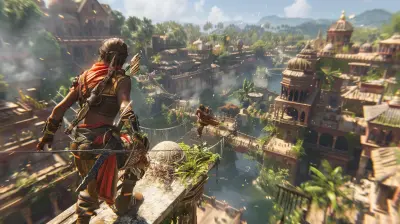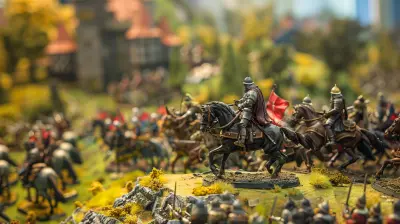What the Ending of Dark Souls Tells Us About Cycles
5 August 2025
If there’s one game that’s had players scratching their heads, digging through lore, and passionately debating for over a decade, it’s Dark Souls. FromSoftware’s masterpiece is notorious for its ambiguous storytelling, cryptic item descriptions, and hauntingly beautiful world. But beyond all the brutal boss fights and immersive world design, there’s a deeper philosophical thread woven throughout the game—cycles.
Today, we're diving deep into what the ending of Dark Souls actually tells us about cycles—the repeating patterns, the endless loops, and what it all means in the grand scheme of things. So grab your Estus Flask, rest at the nearest bonfire, and get comfy. This is going to be one heck of a ride.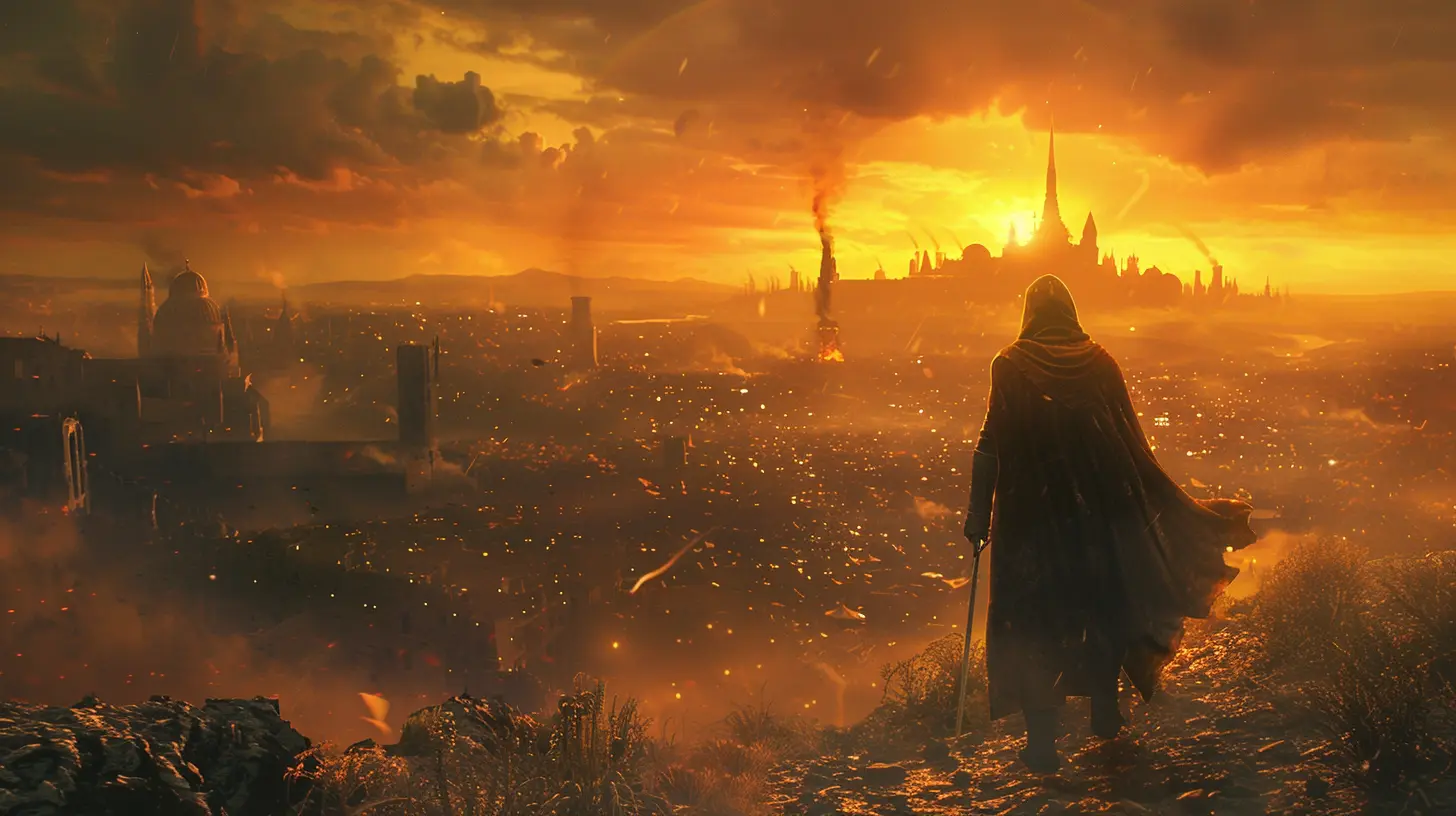
The World of Dark Souls: Built on the Bones of the Past
Before we talk about the ending, we’ve got to understand the setup.In Dark Souls, the world is built on a grand myth about fire and darkness. You’ve got the Age of Ancients, where grey, fog, and immortal dragons ruled the land—until fire appeared. With fire came disparity: light and dark, heat and cold, life and death.
From this Flame emerged powerful lords like Gwyn, the Lord of Sunlight, who took the flame and used it to usher in the Age of Fire. But like all fires, it eventually starts to fade.
And that’s where you, the Chosen Undead, come into the picture. You battle your way through a crumbling world, face unspeakable horrors, and eventually find yourself faced with a colossal choice: Link the fire and prolong the Age of Fire… or walk away and let it fade, allowing the Age of Dark to begin.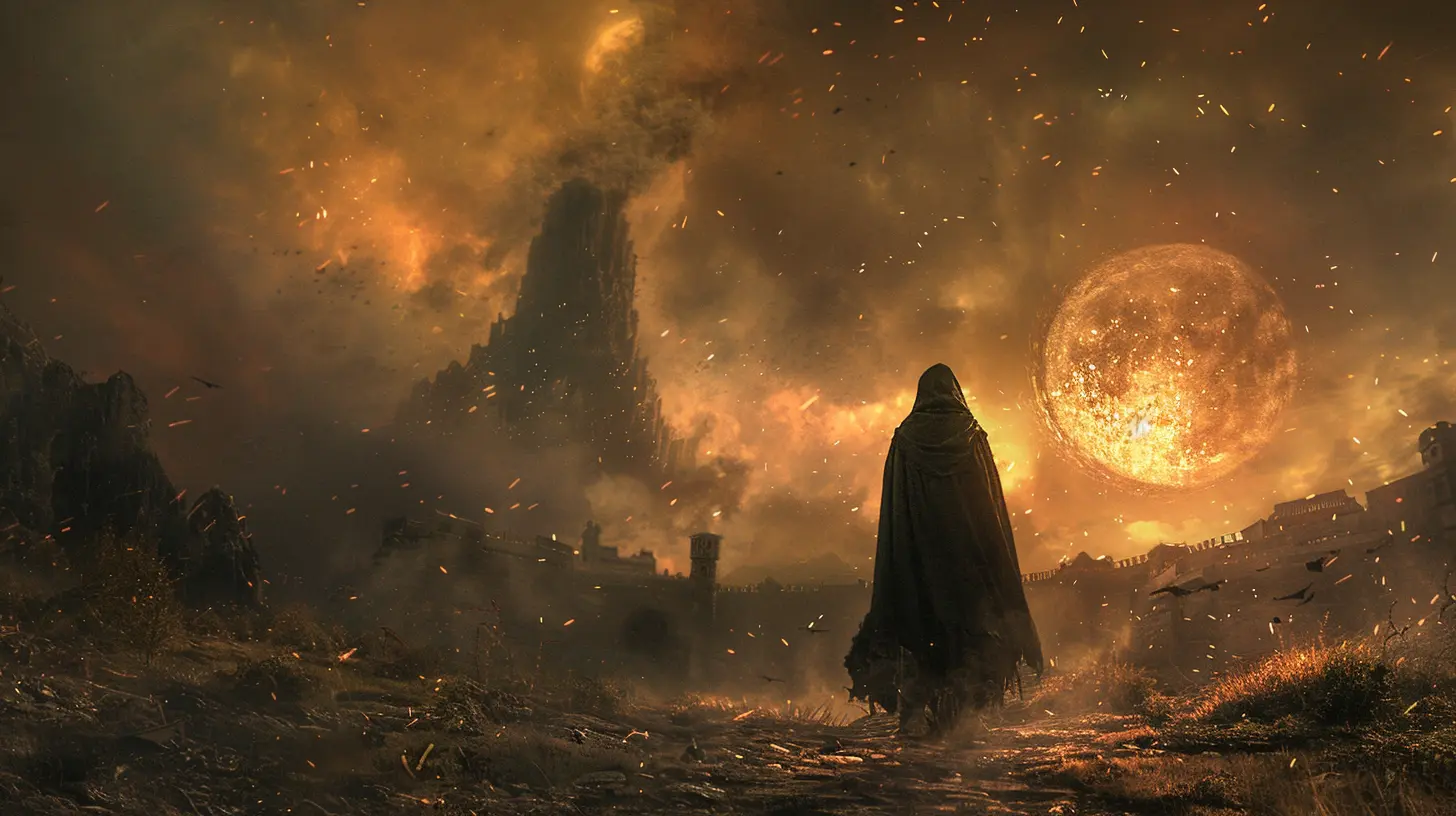
The Two Endings: Two Sides of the Same Coin
Now let’s break down the endings, because understanding them is key to understanding the idea of cycles in Dark Souls.1. Linking the Fire
When you choose to link the fire, you essentially sacrifice yourself to rekindle the dying flame. It’s a selfless act (or maybe a naive one), but either way, it continues the current age a little longer. Gwyn did it before you, burning himself to keep the fire alive. Now it’s your turn.But here’s the kicker—this doesn’t stop anything. It just resets the timer. The fire will fade again eventually, and someone else will have to step up. Sound familiar? Yeah, it’s a cycle.
2. Letting the Flame Die
Alternatively, you can choose to walk away. You don’t link the fire; you let it die.This doesn’t trigger some magical rebirth or a utopia. It leads to darkness, uncertainty, and possibly even the end of the world as it’s known. But... maybe that’s the point. Maybe the world needs to break the cycle to truly move forward.
But even then, in Dark Souls II and III, we see the fire rising once again. Despite your choice, the world finds a way to circle back. Which begs the question: are you really in control?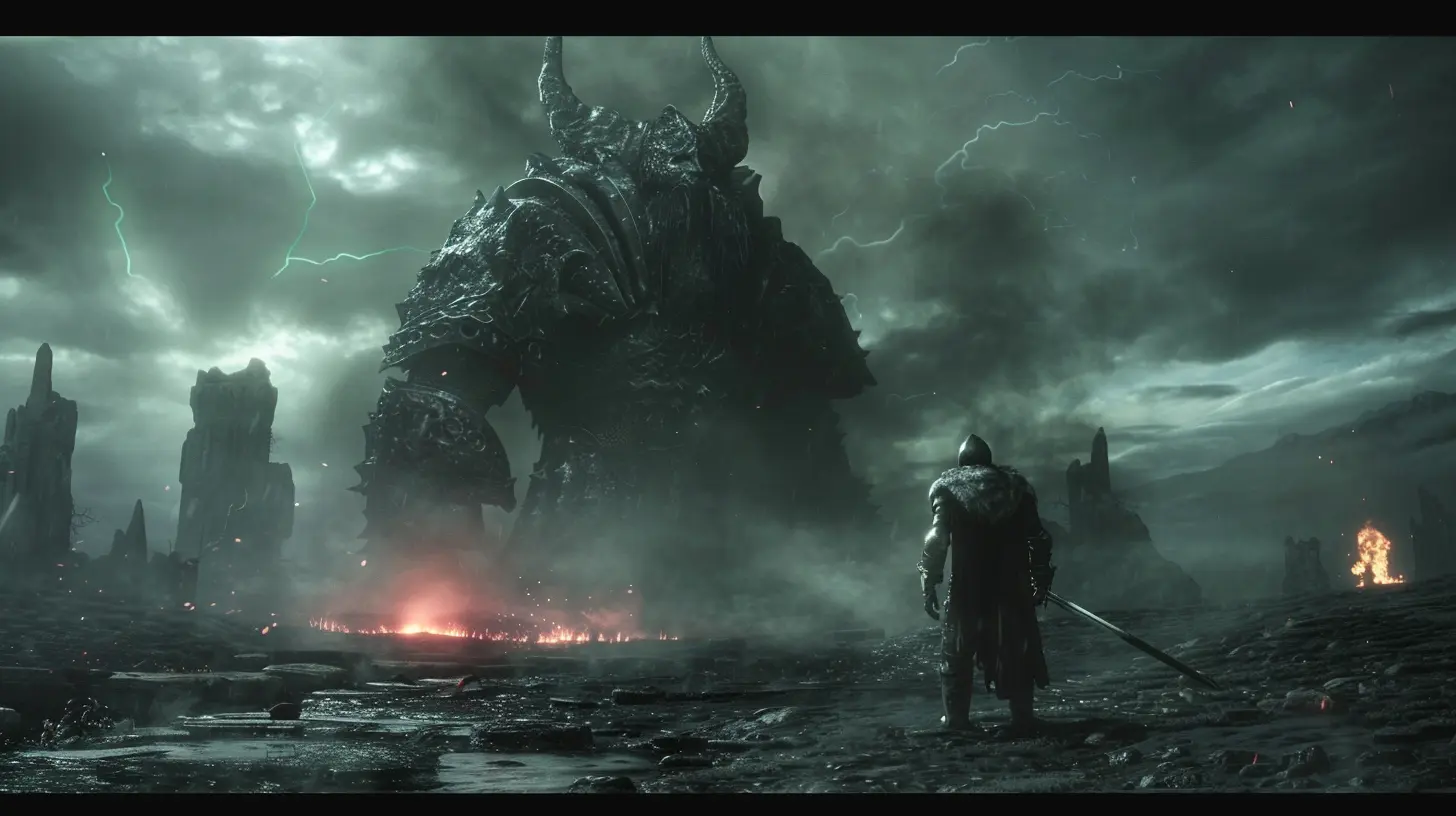
The Illusion of Choice and the Power of Cycles
Here’s where things get mind-bendy. At first glance, you think you’re making a big choice at the end of Dark Souls. You either become the new fuel for the fire or you let it go out. But no matter what path you take, the underlying machinery of the world keeps turning.It’s kind of like those moments in life where we feel stuck—caught in a loop of jobs, relationships, habits. We think we’re making changes, but often we’re just rearranging the pieces on the board.
The game subtly asks: Can you ever really escape your fate? Or are you just another cog in a machine that’s been running long before you arrived?
Spoiler alert: Dark Souls III brings the idea of cycles full circle—literally. The world is shown to be stuck in an endless loop of light and dark, sacrifice and rebirth. Over and over again, the same story plays out with slightly different actors.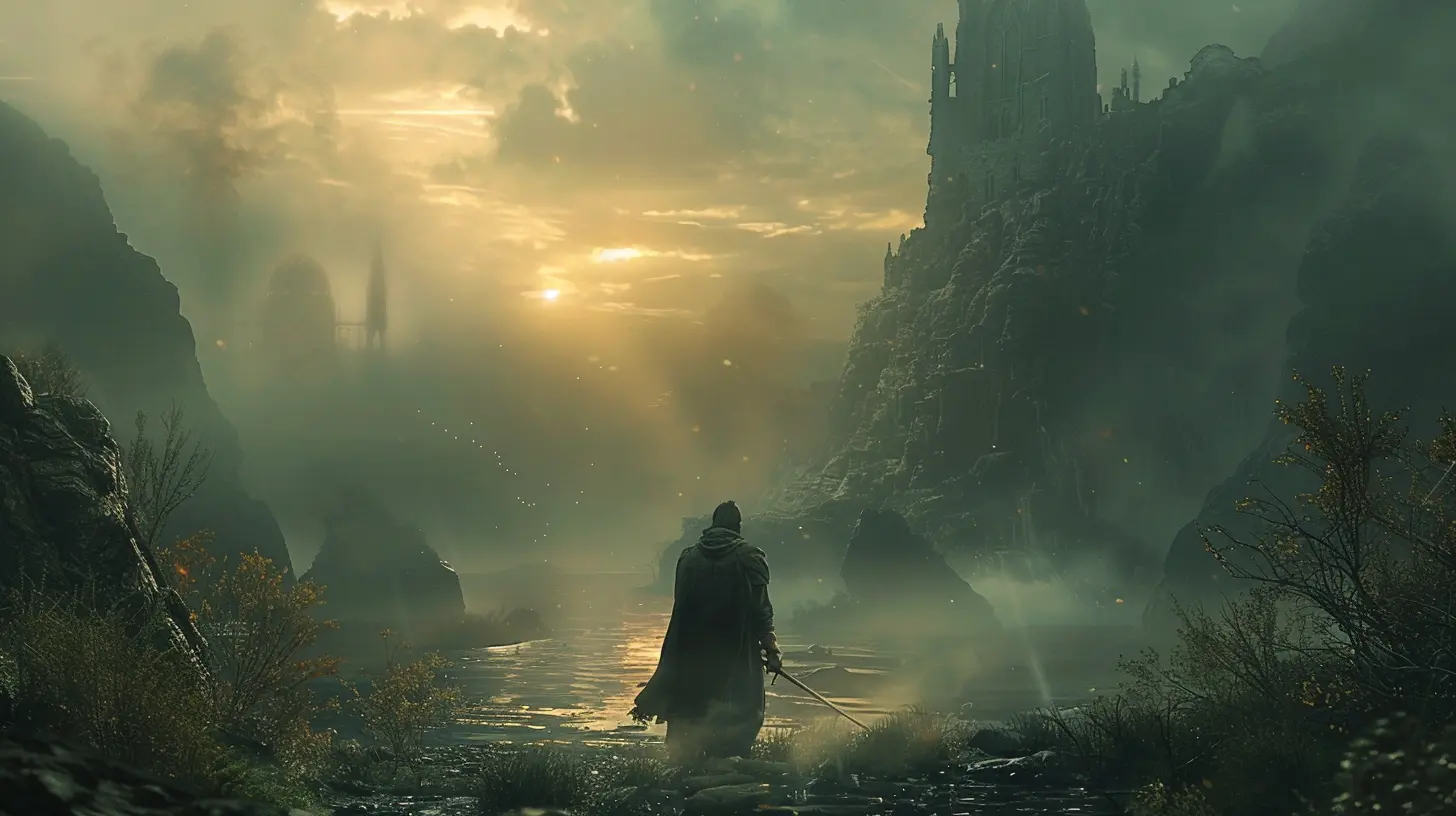
Let’s Talk Lore: The Gods, the Flame, and Humanity
To really understand cycles, we’ve gotta talk about what’s behind them.Gwyn and the other Lords feared the dark. Not because it was evil, but because it meant change—an end to their power. So they did everything they could to keep the flame burning.
They lied.
They created myths and manipulated the world to keep the Age of Fire alive. They turned humans into undead and cursed them, trapping them in a cycle of death and rebirth, all in the name of prolonging their rule.
In essence, they weaponized the cycle to maintain control.
It’s a brutal commentary on how those in power often resist change at all costs, even if it means dooming everyone else to an endless loop of suffering.
The Fire as a Metaphor
Let’s step back for a second. What is fire?It's warmth, light, life. But it’s also destruction, hunger, and impermanence. Think about it: A fire, by nature, consumes. To keep it going, you have to keep feeding it. And eventually, you run out of fuel.
The Dark Souls universe uses fire as a metaphor for civilization, power, and even hope. But it’s hope with a price tag. You keep sacrificing everything just to keep the existing order alive. It’s like burning down the village to save it.
That’s the trap of the cycle—perpetuating an idea simply because it’s what’s always been done.
Sound familiar? Yeah, the game’s been throwing this metaphor straight into our faces the whole time.
What Dark Souls Teaches Us About Breaking the Cycle
So, what’s the takeaway?The ending of Dark Souls doesn’t hand you a neat answer. It lets you stew in ambiguity. But if you really sit with it, you’ll realize that the game is asking you to question the systems you live in—whether that’s societal structures, personal habits, or even mental patterns.
Are you linking the fire in your own life? Doing the same thing over and over because it’s comfortable? Are you too afraid to let it fade, even if something better might come from the ashes?
That’s the power of Dark Souls. It’s not just about knights and monsters. It’s about us. About how we live, how we repeat our mistakes, and how hard it is to break free.
The Age of Dark: A Bad Thing or A New Beginning?
Let’s clear something up: Just because the game calls it the “Age of Dark” doesn’t mean it’s evil.Darkness in Dark Souls is heavily associated with humanity. In fact, the Dark Soul—one of the original souls found in the Flame—is the essence of humans. So, when the fire fades and the Age of Dark begins, maybe it’s not an end. Maybe it’s about humanity stepping out of the shadow of the gods.
Instead of prolonging a dying age that only benefits a few, maybe it’s time for something new.
It might be scary. It might be unknown. But it might also be the first step toward breaking the cycle.
Real Talk: Why This Resonates with So Many People
Ask any Dark Souls fan why they love the game, and I guarantee most will mention how "deep" or "philosophical" it is. And they’re right.The themes of cycles, struggle, and choice hit us on a gut level because we all face cycles in our lives. We all wrestle with whether to keep pushing forward or let go. Whether to burn ourselves out keeping something alive—or to walk away and see what happens next.
Heck, even the repetitive gameplay—dying over and over again—is a commentary on cycles. But each time you die, you learn, adapt, and come back stronger. That’s life in a nutshell.
So… What Should You Do At The End?
Honestly? It’s your call.There’s no “right” ending in Dark Souls. That’s kind of the point. It’s about what you believe in.
Do you believe in keeping the fire alive, even if it costs you everything?
Or do you believe in letting go—risking the unknown for the chance at something different?
Whatever you choose, know this: You’re not the first, and you won’t be the last.
Because in the world of Dark Souls, the cycle continues.
Final Thoughts: Embrace the Ashes
The ending of Dark Souls is tragic, beautiful, and, above all, honest. It doesn’t sugarcoat the reality of cycles. It doesn’t offer an easy way out.But it does offer a mirror—one that reflects our own struggles with change, identity, and purpose.
So the next time you stand before the Kiln of the First Flame, don’t just think about what ending gives you the best cutscene.
Think about what you’re saying about yourself.
Are you ready to burn?
Or are you ready to walk away?
all images in this post were generated using AI tools
Category:
Game Endings ExplainedAuthor:

Pascal Jennings
Discussion
rate this article
1 comments
Noah Gibson
Great insights! Dark Souls’ ending beautifully illustrates the inevitability of cycles in life and gaming.
August 18, 2025 at 2:32 AM

Pascal Jennings
Thank you! I'm glad you found the analysis insightful. Dark Souls truly masterfully reflects life's cyclical nature through its narrative and gameplay.
